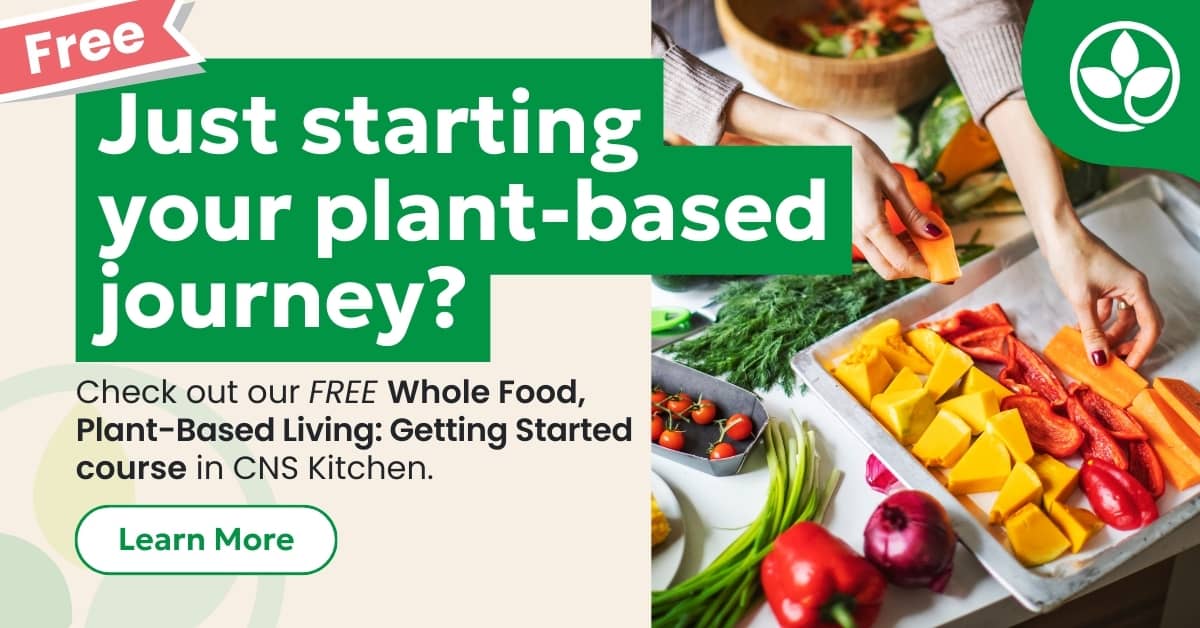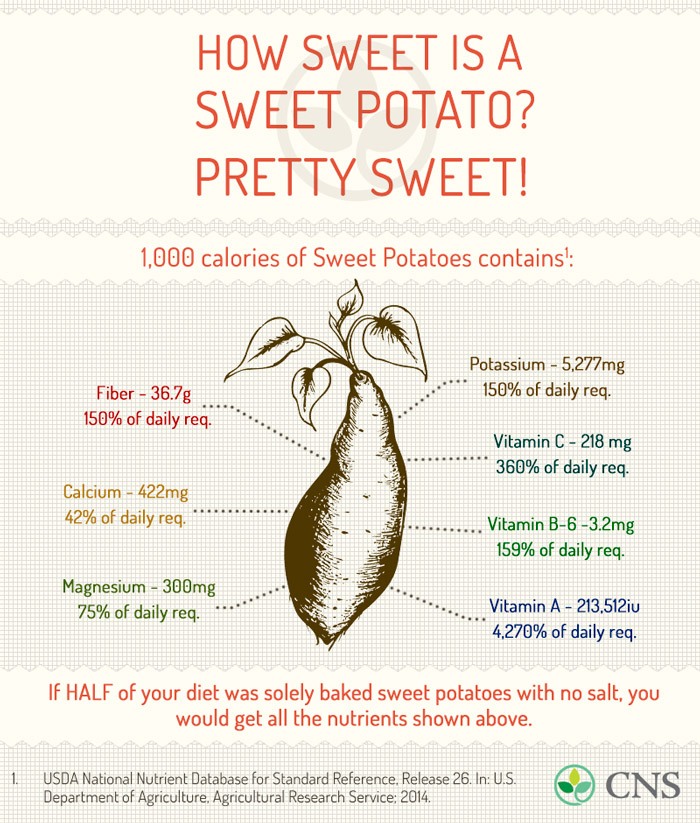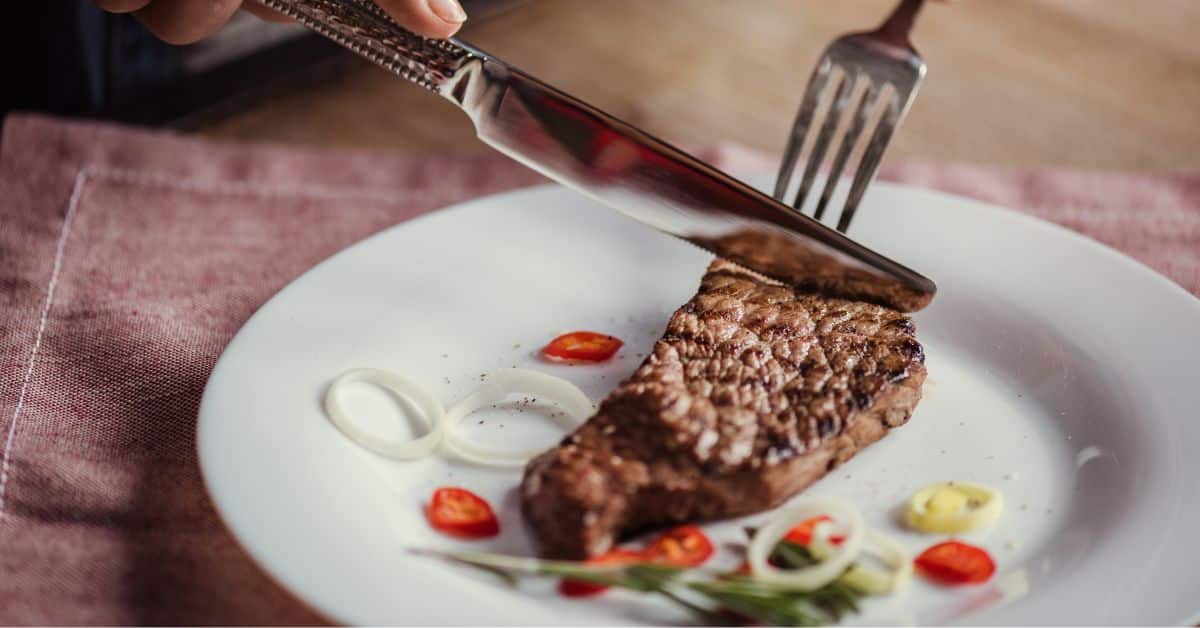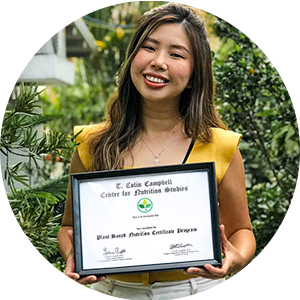
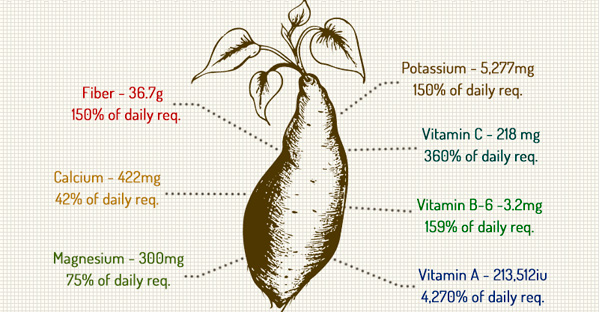
Sweet potatoes are a super food that I have only recently come to appreciate. While preparing a lecture on heart disease epidemiology, I found reports of several traditional cultures known for avoiding heart disease that subsist largely on this delicious tuber. In fact, a 1978 paper[1] cited a dietary survey finding that sweet potatoes supplied about 90% of total calorie intake in the traditional subsistence culture of the Papua New Guinea highlanders. 90%! Sinnett and Whyte write, “Indeed, non-tuberous vegetables accounted for less than 5% of the food consumed, while the intake of meat was negligible.” There was no evidence of malnutrition from this diet and no evidence for hypertensive heart disease.
Here are some facts to chew on. If HALF of your diet was solely baked sweet potatoes with no salt, you would get all the nutrients in the table. To top it off: you get all this in a package with a lower glycemic index than white potatoes and many grains[2].
Nutrients in 1000 calories of sweet potatoes (about 10)[3]
Percentage of daily requirements (2000kcal diet)*
* Nutrient amounts calculated from USDA, reference 3, using the average daily requirements listed on http://www.dsld.nlm.nih.gov/dsld/dailyvalue.jsp
References
- Sinnett P, Whyte M. Lifestyle, health and disease: a comparison between Papua New Guinea and Australia. Med J Aust 1978;1:1-5.
- Willcox DC, Willcox BJ, Todoriki H, Suzuki M. The Okinawan diet: health implications of a low-calorie, nutrient-dense, antioxidant-rich dietary pattern low in glycemic load. Journal of the American College of Nutrition 2009;28 Suppl:500S-16S.
- USDA National Nutrient Database for Standard Reference, Release 26. In: U.S. Department of Agriculture, Agricultural Research Service; 2014.
Copyright 2024 Center for Nutrition Studies. All rights reserved.
Earn Your Plant-Based Nutrition Certificate
Join over 20,000 students who have improved their health, learned new skills, and even inspired career changes.
Program Overview
- 23,000+ students
- 100% online, learn at your own pace
- No prerequisites
- Continuing education credits
